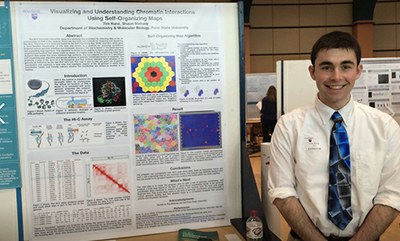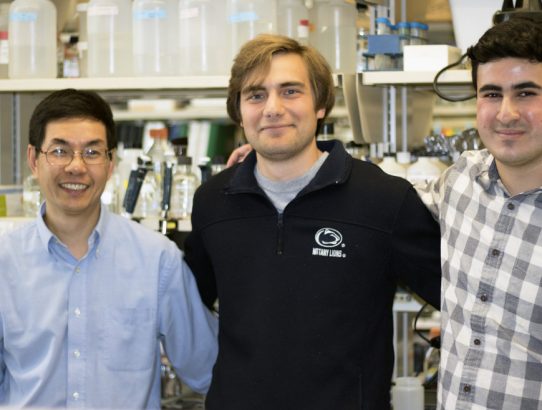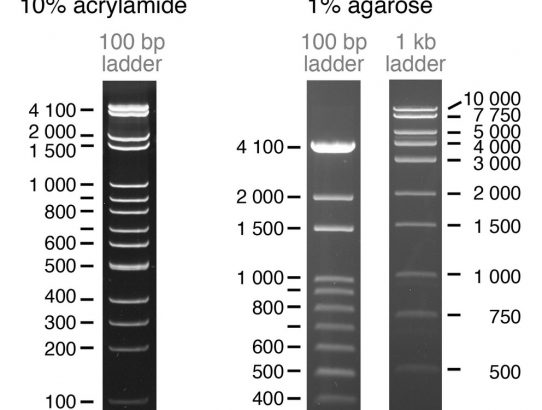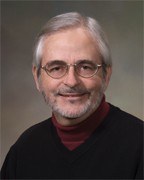Timothy Kunz honored as the recipient of the 2017 Fred Wedler Outstanding Undergraduate Dissertation Award
Timothy Kunz honored as the recipient of the 2017 Fred Wedler Outstanding Undergraduate Dissertation Award July 10, 2017 – Timothy Kunz, a recent graduate of Penn State’s Biochemistry and Molecular Biology Program, was honored as the recipient of the 2017 Fred Wedler Outstanding Undergraduate Dissertation Award. Kunz received notification on April 26, 2017. Each year,…
Read More







